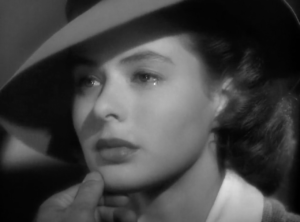 Cold weather all week here and my container plants are covered. My bulbs are emerging and they’re covered too, but so far freezing temperatures didn’t take out any weeds. A gardener can dream.
Cold weather all week here and my container plants are covered. My bulbs are emerging and they’re covered too, but so far freezing temperatures didn’t take out any weeds. A gardener can dream.
And I cannot look away from the heartbreaking horrors in Ukraine. Utter madness. I realize how hard it is for writers and artists to keep working amid the dread and worries, but try we must.
Let’s move on to using closeup “shots” of your characters in fiction. Filmmakers have a large repertoire of techniques that writers are wise to study and borrow. Closeup camera angles are powerful in film and an important technique fiction writers need to emulate throughout their stories.
I write many, many notes and suggestions to my editing clients, some within the pages of the manuscript, some included in a long, detailed memo. At times I suggest a wide angle or establishing shot to introduce setting and atmosphere–especially helpful when a character arrives at a new place or when major action is about to go down.
However, I’m certain that every story I’ve worked on needed more ‘closeup’ shots of characters, so I suggest when to bring the viewpoint– fiction’s camera lens–closer. In film or television the director and cameraman have lots of choices about how to use distance to achieve drama. There are full shots, medium, long, POV, closeup and extreme closeups. A closeup shot tightly frames the actor’s face and signals significance. They’re typically used to portray deep emotions and create connection between audience and actor. There are also ‘extreme close-ups’ where the camera lingers on a subject, usually the actor. But close-ups can also focus on hands and body parts, props, jewelry, or other objects of interest.
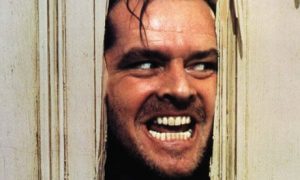 Obviously closeups are intimate because they’re revealing. They showcase significant emotions, realizations, decisions, and important moments or actions. They also reveal when characters have something to hide.
Obviously closeups are intimate because they’re revealing. They showcase significant emotions, realizations, decisions, and important moments or actions. They also reveal when characters have something to hide.
Romance films and dramas employ these shots especially when characters are surprised, shocked, filled with dread, or when feelings shift. Closeups, naturally, are often used in horror and suspense films to increase the audience members’ heartbeat. Alfred Hitchcock was fond of using them, such as in the grisly shower scene in Psycho. You know the one.
Uses for closeups:
- Convey important moments, reversals, revelations.
- Enhance threat and danger.
- Enhance evil and malevolence.
- Shock value as when a monster or villain is in the frame.
- Focus on, reveal a character’s state of mind.
- Slow the pacing.
- Portray damage, pain, the cost paid by characters.
- Allow readers to see the world through the character’s eyes.
- Reveal closeness, intimacy, estrangement, coldness between characters.
- Suggest or define character arc.
- Show other ‘sides’ of a character, including subtler traits.
- Illustrate a character’s emotional bandwidth, as in how she or he handles the best of times and the worst of times.
- In scenes that contain violence, brutality, or horror, a closeup amplifies the dangers as in the ‘here’s Johnny’ moment in The Shining when Jack Torrence, played by Jack Nicholson is terrorizing his family. Notice how it’s clear that he’s sunk into madness.
 As you’re revising, make sure that during the most poignant moments in the story, readers are pulled in. Allow your readers to witness emotions flickering across the character’s face. Let them sense what’s churning beneath a character’s exterior.
As you’re revising, make sure that during the most poignant moments in the story, readers are pulled in. Allow your readers to witness emotions flickering across the character’s face. Let them sense what’s churning beneath a character’s exterior.
Keep writing, keep dreaming, use your voice
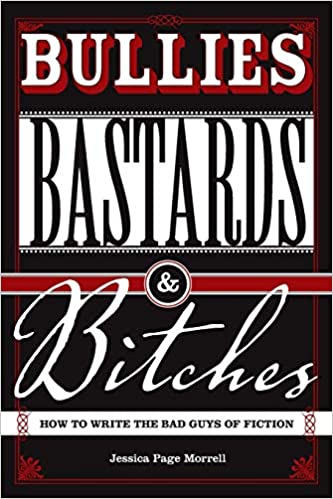

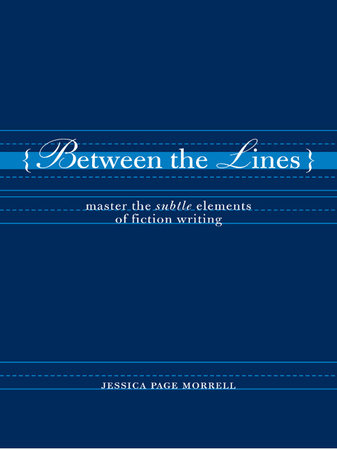

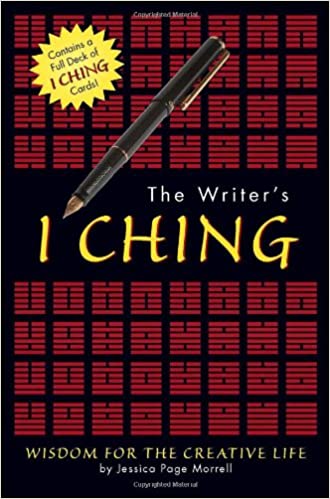
Leave a Reply